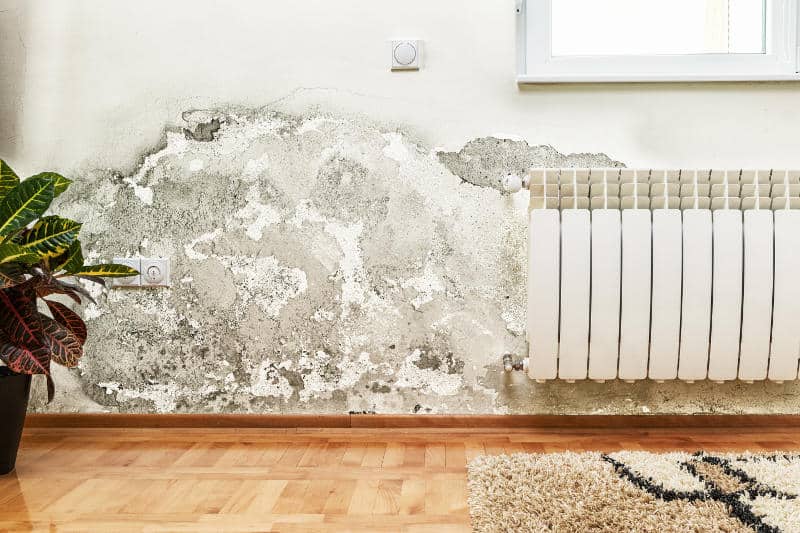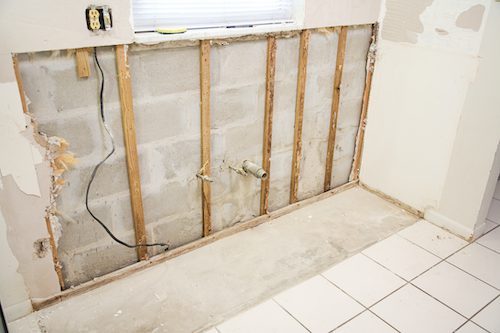Discovering and Repairing Water Stains on Walls
Discovering and Repairing Water Stains on Walls
Blog Article
This great article down below relating to How to Find and Repair Water Leaking in the Wall is extremely compelling. Give it a try and draw your own personal conclusions.

Water stains on walls are not pleasant to the eyes. In some cases it seems practically unavoidable to experience water spots on walls in residences.
Homeowners living in humid areas constantly deal with the fear of water stains on wall surfaces. That does not have to be the instance for you. With well-shaped and also precise info on the root causes of water spots and prompt repair procedures, you will certainly always be a step ahead of such incidents. So, this short article assures to be a helpful overview for you.
3 Common Sources Of Water Spots on Walls
In contrast to popular belief, water discolorations on wall surfaces do not always stem from bad building products. There are several sources of water spots on walls. These consist of:
Moist
When warm damp air meets dry cool air, it triggers water beads to form on the wall surfaces of structures. When there is vapor from cooking or showers, this takes place in shower rooms and kitchen areas. The water beads can stain the bordering walls in these parts of your home and also infect various other locations.
Wet or condensation affects the roofing and walls of structures. This triggers them to show up darker than other locations of the residence. When the wall surface is wet, it creates an appropriate environment for the growth of microorganisms and also fungi. These may have unfavorable effects on health, such as allergies and also breathing disorders.
Poor Drain
This will certainly stop water from permeating right into the walls. This links to extreme dampness that you observe on the wall surfaces of your structure.
The leading reason of damp wall surfaces, in this instance, can be a bad drain system. It can likewise be because of inadequate monitoring of sewer pipelines that go through the building.
Pipe Leaks
Most residences have a network of water pipelines within the walls. It constantly raises the feasibility of such pipes, as there is little oxygen within the walls.
Yet, a drawback to this is that water leakage influences the wall surfaces of the building and creates extensive damage. An indicator of defective pipelines is the look of a water tarnish on the wall.
Pro Suggestion
A houseplant in your home likewise boosts its humidity. If the house is currently moist, you may desire to introduce houseplants with minimal transpiration. An instance of ideal houseplants is succulents.
Water Stains on Wall Surface: Repair Tips
Homeowners would usually want a quick fix when dealing with water spots. Yet, they would soon realize this is counterproductive as the water discolorations repeat. Below are a few practical ideas that will certainly guide you in the repair service of water discolorations on walls:
Conclusion
Although nobody intends to have water discolorations on walls in their house, it can take place to the best of us. This article gives you leverage, as you now understand exactly how to manage this problem if it does occur.
It is always best to hire expert services to assist deal with the problems in your house.
Occasionally it appears virtually unpreventable to experience water discolorations on wall surfaces in residences.
In contrast to preferred idea, water spots on walls do not always stem from bad building products. There are numerous reasons of water discolorations on wall surfaces. The water beads can tarnish the bordering wall surfaces in these parts of your residence and spread to other areas.
Here are a couple of handy pointers that will certainly assist you in the repair work of water stains on wall surfaces:
CHECKING FOR WATER DAMAGE
Water damage can be costly, and it may begin before you even notice the first signs of trouble. Water damage can cause mold and mildew in your walls and floors, which can create an abundance of health concerns for your family. It can also lead to costly repairs of various appliances and general home fixtures. To avoid the pricey consequences of water damage, here are Warner Service’s top 5 places you should check:
The walls – The easiest place to spot the beginnings of water damage is on the walls and ceilings of your home. If water damage is present, there will most likely be water stains, especially around the windows and doorframes, and/or cracks in the drywall. If a stain looks unusual (discolored to brown, black or gray, raised texture), has a swollen appearance or is soft to the touch, contact a professional immediately. The pipes – To avoid water damage, consistently check the pipes in your kitchen (especially the dishwasher and ice maker), bathrooms, laundry room (specifically washing machines) and basement for corrosion, leaks and water stains. Pay special attention to where the pipes connect in your home and the location of caulking around the bathroom fixtures, including toilets, sinks, showers and tubs. Missing or loose caulking and grout could be signs of leaking water. This seepage can also quickly cause mold and rust, so double check your water heater and tank for wet spots on the floor. The floor – Water damage is very easy to spot on the floor. Look for any warping or buckling of the material, especially in the basement. If your home has wood flooring, look for bright white or dark stains. If your home has carpeting, keep it dry and clean. A damp carpet that smells of mold could cause water damage and health problems. To avoid this, consider installing floor pans under your appliances to help prevent damages from small, slow and undetected leaks. The basement and attic – If your basement or attic smells odd check for mold and mildew around the area, especially the valley where the roof meets. While you are inspecting those areas, check for wall cracks, floor stains, rust and dampness in the insulation. If you live in a colder and/or rainier climate, perform routine checks for water damage from melting snow or ice and rain. The exterior – Check the roof for damaged flashing and missing, cracked or curled shingles. There should also be no standing water anywhere outside your home. This could be caused by puddles, leaky rain gutters or hoses, poor drainage, or short gutter spouts. Invest in a sump pump system or water flow monitoring system, and perform routine maintenance on these outdoor appliances to avoid indoor water damage.

I was made aware of that write-up about from an acquaintance on another domain. Do you know someone else who is excited about ? Do not hesitate to share it. Many thanks for your time. Don't forget to come visit our site back soon.
Expert solution? Dial. Report this page